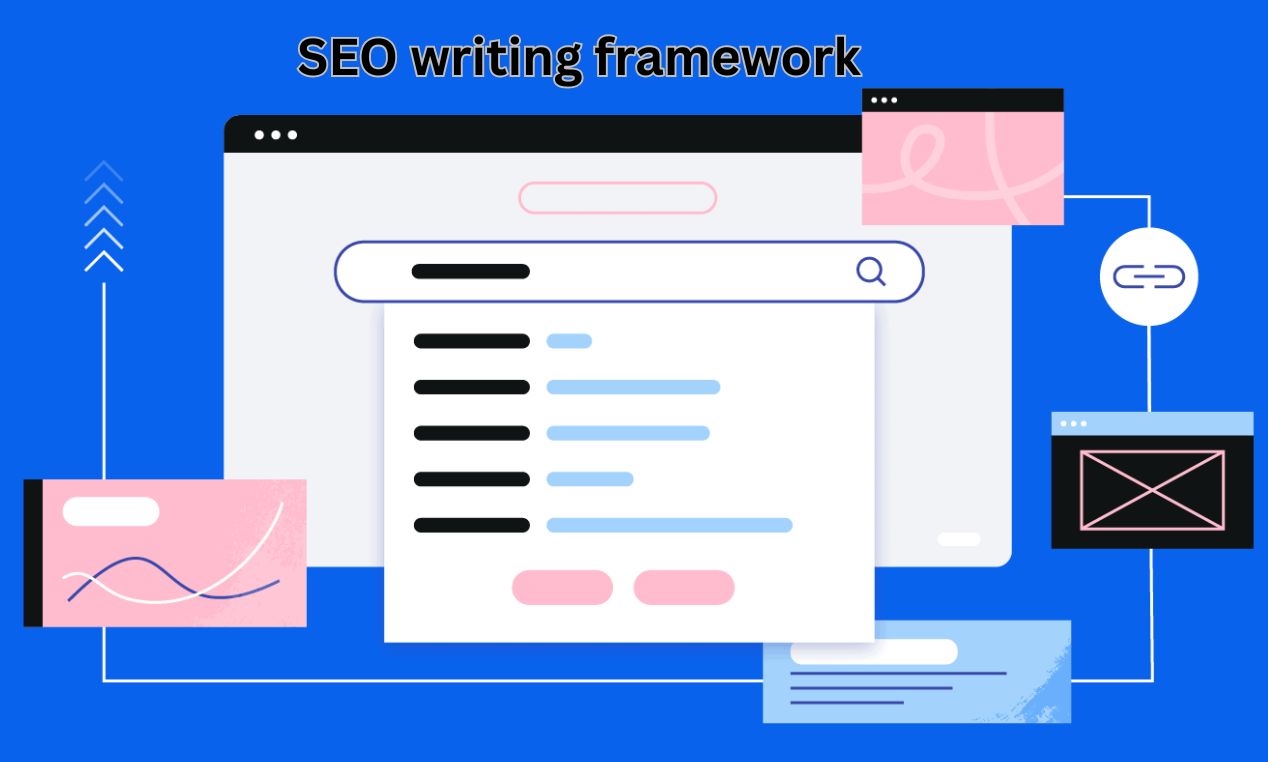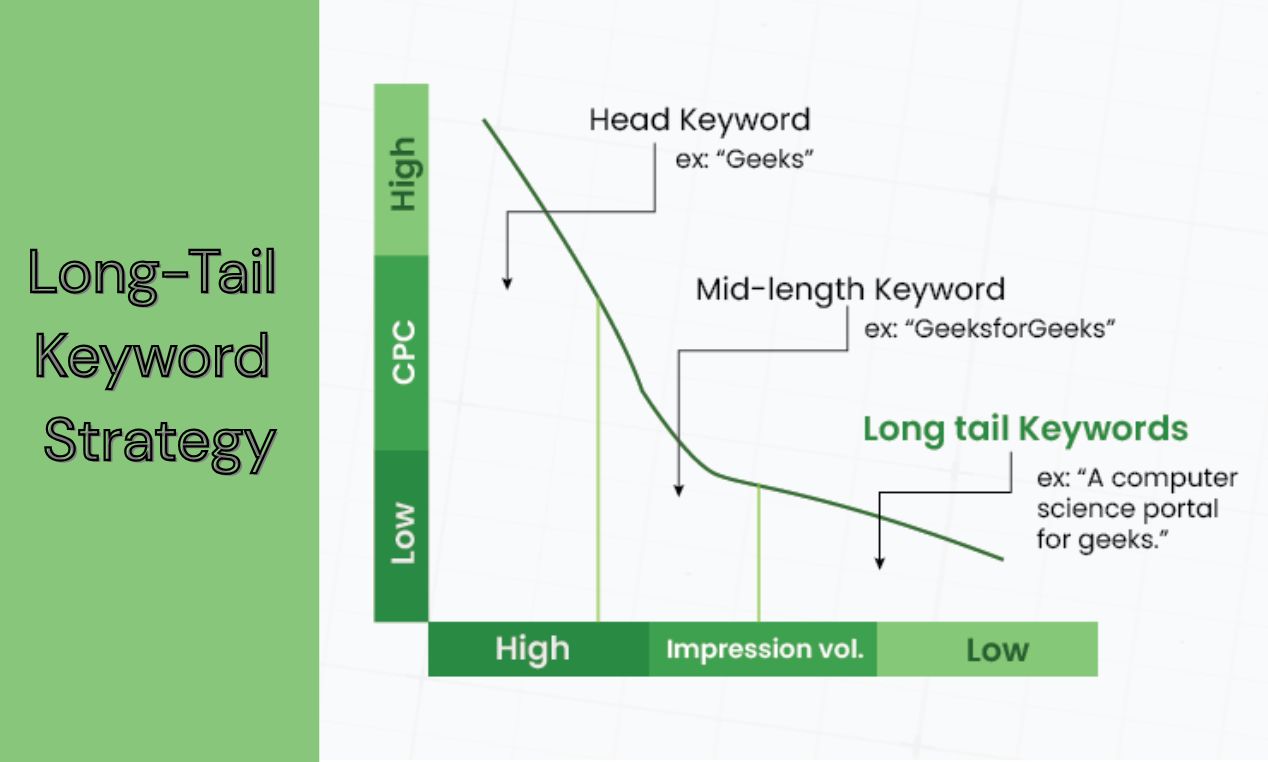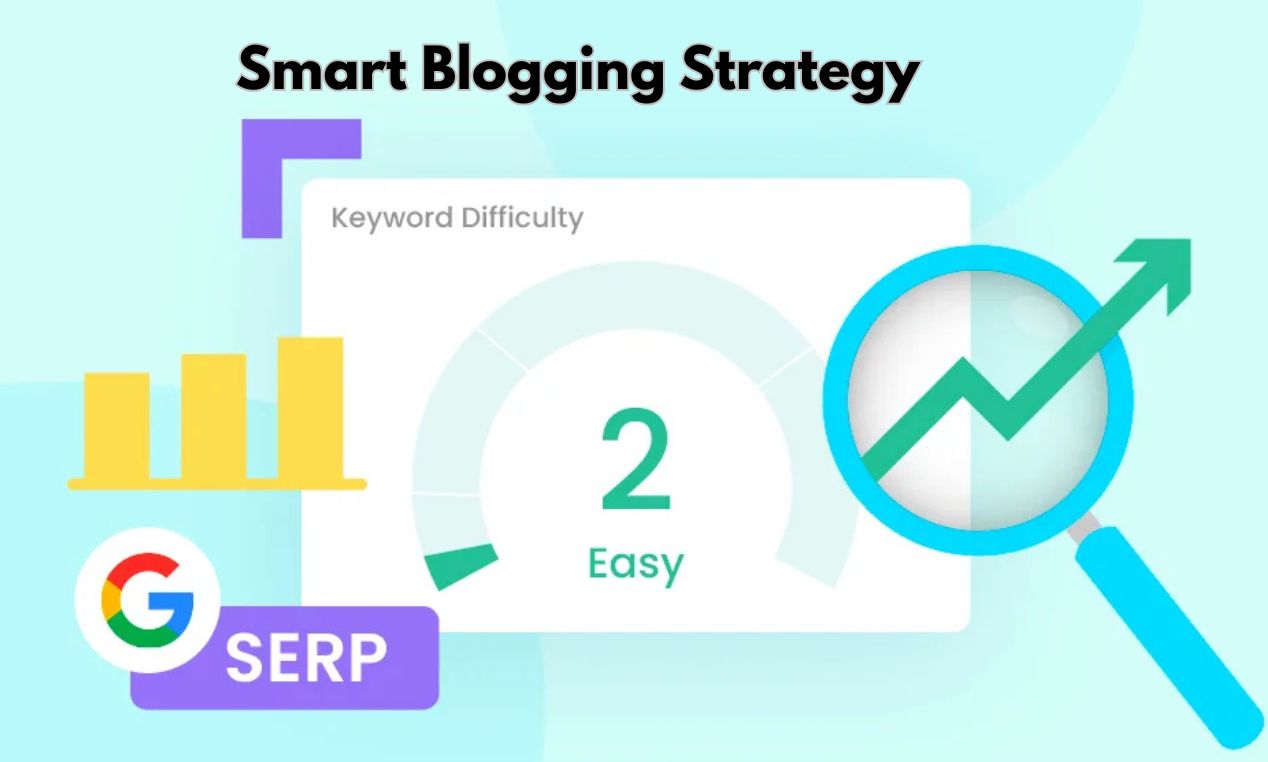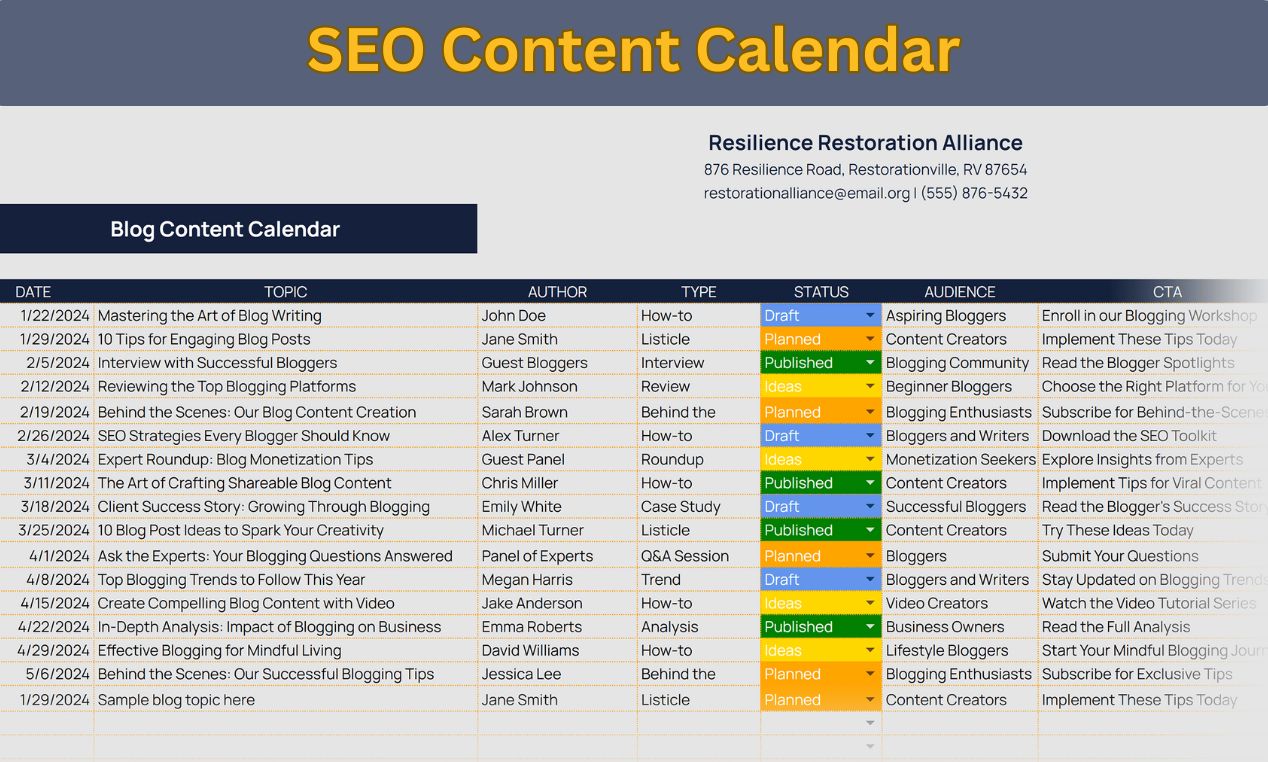Starting a blog is exciting you get your ideas out into the world and hope people find and read them. But here’s the reality: even great content won’t get noticed if it’s not optimized for search.
If you’ve ever wondered “How do you rank your blog posts on Google?”, it all comes down to using a smart, structured approach to SEO writing. Let’s break down a simple SEO writing framework that helps your content show up where readers can actually see it on the first page of Google.
Table of Contents
SEO writing framework
1. Start with Keyword Intent (The Heart of SEO Writing Framework)
Before you begin writing, you need to understand what people are searching for and why. This is where keyword intent comes in. Every search on Google happens because someone wants to find, learn, or buy something.
So instead of guessing what to write about, start by researching keywords your audience actually uses. For example, if your topic is “blog SEO,” try searching phrases like “How to write blog posts for SEO” or “SEO content writing for beginners.”
2. Craft a Clear Structure Before You Write
A strong structure makes your post easier to read and easier for Google to understand. Every blog post should include:
- A clear introduction that states what readers will learn.
- Headings (H2/H3) that organize your points.
- Short paragraphs with 2–3 lines each.
- Natural keyword placement (not stuffing).
3. Focus on Writing for People First, Not Just Search Engines
It’s easy to get caught up in optimizing every sentence for SEO. But remember you’re writing for humans, not just algorithms.
A good SEO content writing for beginners approach is to use keywords naturally in sentences that sound like everyday conversation. For example, instead of forcing “SEO writing tutorial for beginners” awkwardly into a line, you could say:
“If you’re just getting started, following an SEO writing tutorial for beginners can help you understand how to use keywords the right way.”
4. Write Engaging Introductions and Helpful Body Content
Your introduction should instantly tell the reader what’s in it for them. Avoid long, unnecessary openings. Go straight to the point what problem are you solving?
Then, in your main sections, make sure you give practical and specific information. For example, if you’re writing about how to write blog posts for SEO, include things like:
- How to use keywords in headings and meta descriptions.
- Why linking to other related posts boosts visibility.
- How to optimize images with proper alt text.
5. Optimize Your Blog Post for Search (But Keep It Natural)
Once your content is ready, take a few minutes to optimize it. Here’s a simple checklist:
- Add your main keyword in the title, meta description, and first paragraph.
- Use your focus keyword in one or two H2 headings.
- Include internal links to your other relevant posts.
- Add external links to trusted sources (Google likes that).
- Write a descriptive URL like “yourblog.com/seo-writing-framework.”
6. Refresh and Update Old Content Regularly
Even well-written posts can lose traffic over time. To keep your blog fresh, do a quick content audit every few months. Update outdated stats, add new sections, and recheck keyword trends.
Look at your analytics to see which posts get views and which ones have dropped. Sometimes, even small edits like rewriting the meta title or adding new subheadings can bring your post back to life.
7. Learn From Real SEO Content Writing Examples
If you ever feel stuck, look at top-ranking posts for your keyword and study their structure. Notice how they use visuals, examples, and short paragraphs to keep readers engaged.
You can also practice by rewriting small parts of those posts in your own tone. Over time, you’ll naturally develop a writing rhythm that feels both conversational and SEO-friendly.
8. Keep Practicing SEO Writing Improves With Time
Every blogger starts somewhere. Don’t worry if your first few posts don’t rank right away. SEO takes patience and consistency.
As you keep writing and learning, you’ll understand what works best for your niche. The key is to stay consistent, focus on helpful content, and use an SEO writing framework that keeps your post both organized and reader-friendly.
Conclusion
SEO writing isn’t about stuffing keywords or chasing quick rankings it’s about building content that genuinely helps readers. The more you practice writing with structure, purpose, and clarity, the more Google will start trusting your blog.
Think of this SEO Writing Framework as a habit:
- Research what people are searching for.
- Write naturally and clearly.
- Optimize each post with intent.
- Keep improving older content.











